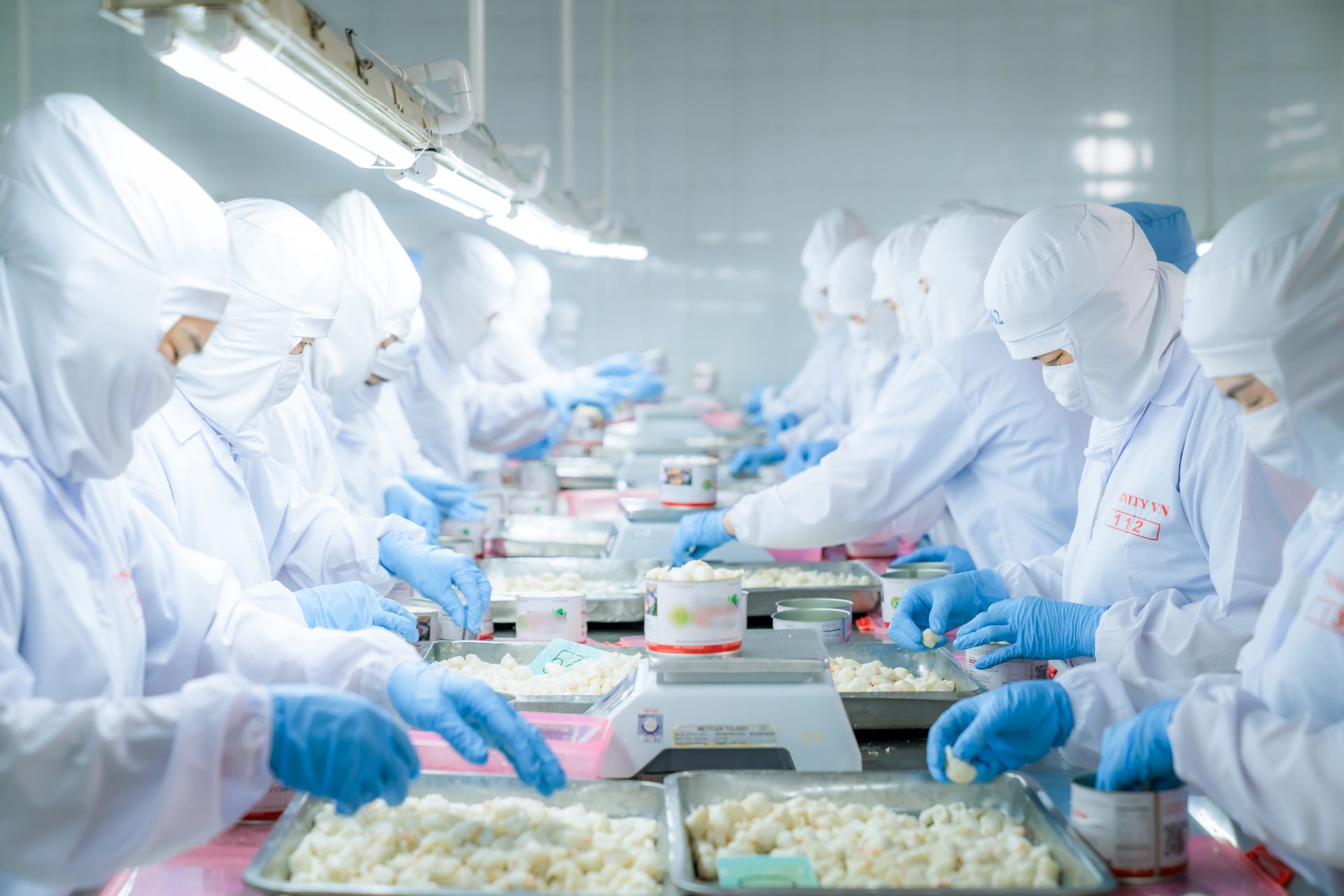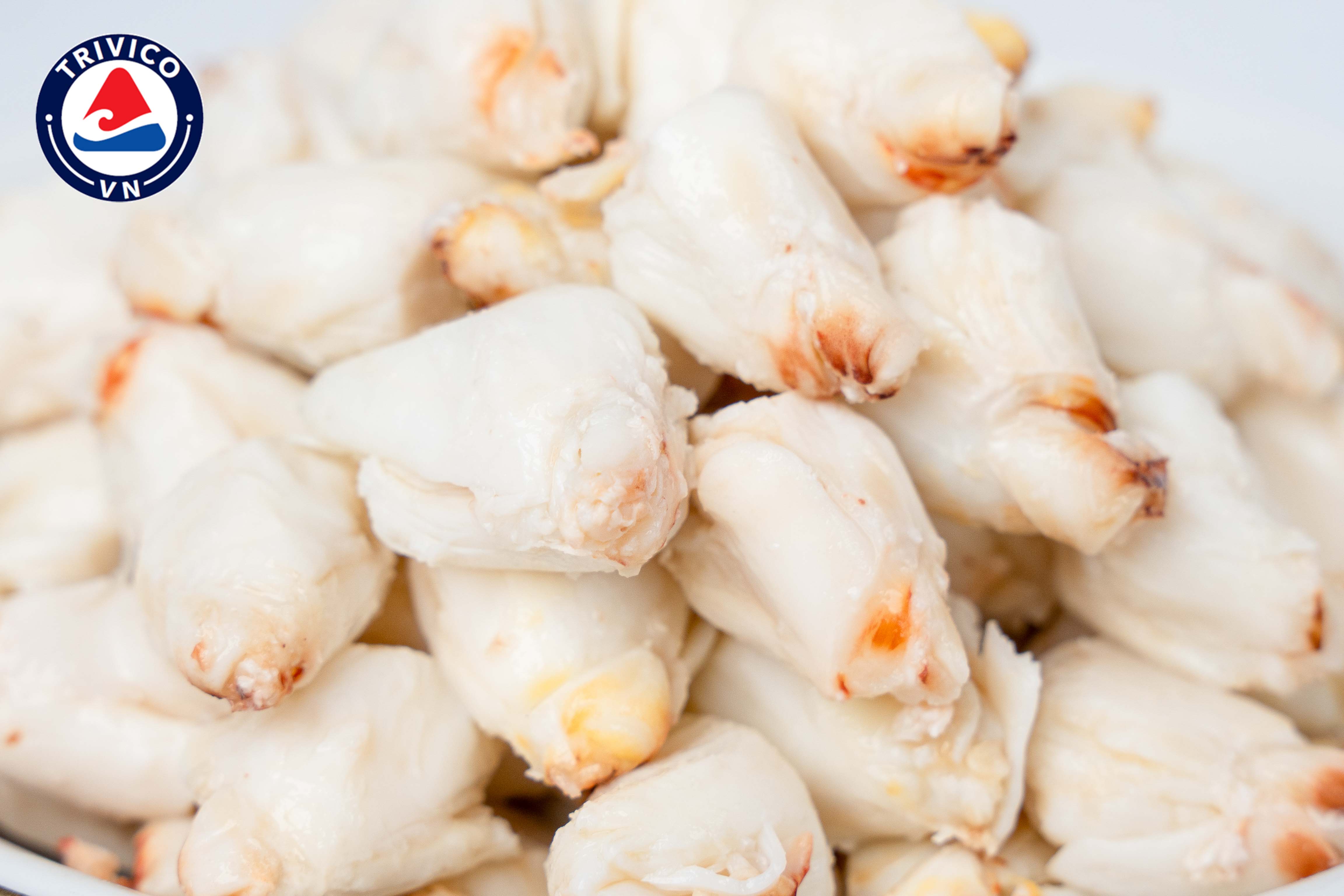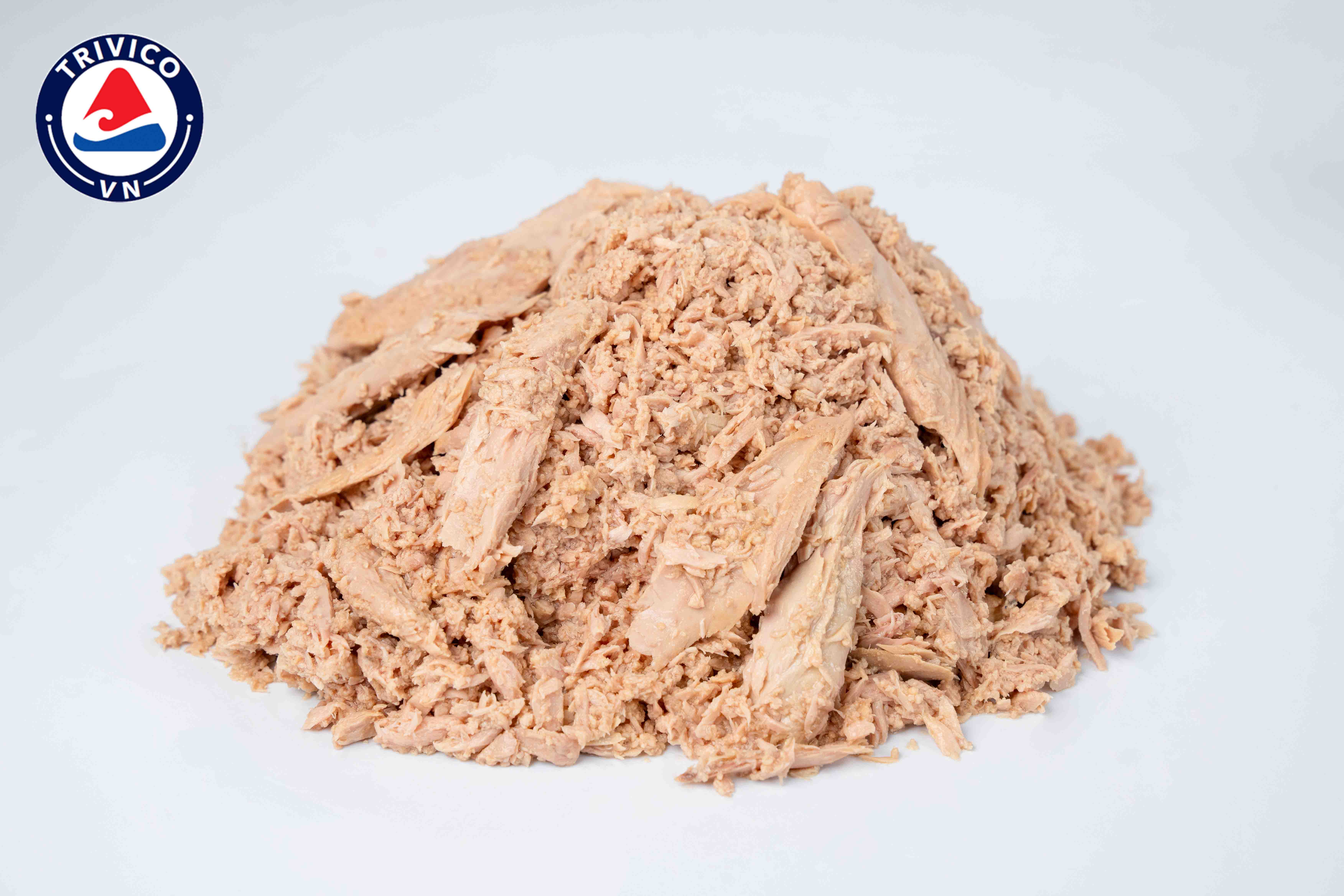
News
 Trinityvietnam
Trinityvietnam
 11:18 - 17/03/2025
11:18 - 17/03/2025
Vietnam aims to increase pangasius exports amid new US tariffs
(vasep.com.vn) Vietnam faces increased competition from other producers, but hopes to increase export volume and value based on attractive prices, especially in the United States.

Vietnam’s pangasius industry is expected to increase production, export volume and value by 2025, thanks to attractive prices and an increasingly favorable trade environment following US President Donald Trump’s tariffs on China.
To increase production by 2025, Vietnam needs to focus on many aspects, including breeding programs to select and improve the quality of pangasius broodstock focusing on traits such as salinity tolerance and disease resistance, to provide healthy fry that can adapt to changing climate conditions and improve their ability to resist disease.
Indonesia, India and China are increasing their pangasius production and processing capacity. While their product quality may not yet match Vietnam’s consistency, they are penetrating specific market segments through competitive price strategies. This puts increasing pressure on Vietnam’s market share, especially in major export destinations such as the US, EU, Japan and the Gulf Cooperation Council.
Vietnamese pangasius accounts for 42% of global pangasius production, while India, China and Bangladesh contribute between 15% and 21%. China is the largest market for Vietnamese pangasius, however, since 2023, Hainan Xiangtai Fishery, one of China’s largest tilapia exporters, has announced its active participation in the pangasius supply chain to meet growing domestic demand. India’s production is increasing, but the fish are generally small in size, mainly serving the domestic market. In contrast, Indonesia, despite its lower production, has successfully exported to the Middle East under its own brand and is building its reputation.
China could well import more pangasius and tilapia into its domestic market by 2025 if the US’s 10% additional tariff on all Chinese goods remains in place. These products were hit with a 25% tariff in 2018 under President Joe Biden, making tilapia imports about 20% more expensive than pangasius by 2023.
Pangasius could benefit from higher US tariffs on Chinese tilapia. Exporters appear to see it that way, with many companies already processing or considering tilapia.
While competing products from Russia and China face unfavorable factors, pangasius exports could increase by 5-10% by 2025, thanks to better consumer confidence and the following factors: The Trump administration’s tax policy is expected to impose high tariffs on Chinese goods, which will benefit the Vietnamese seafood industry; The Vietnam – UAE Comprehensive Economic Partnership Agreement signed in 2024 will create opportunities for Vietnamese seafood to increase exports to the UAE market; Aquafeed prices are on a downward trend.














